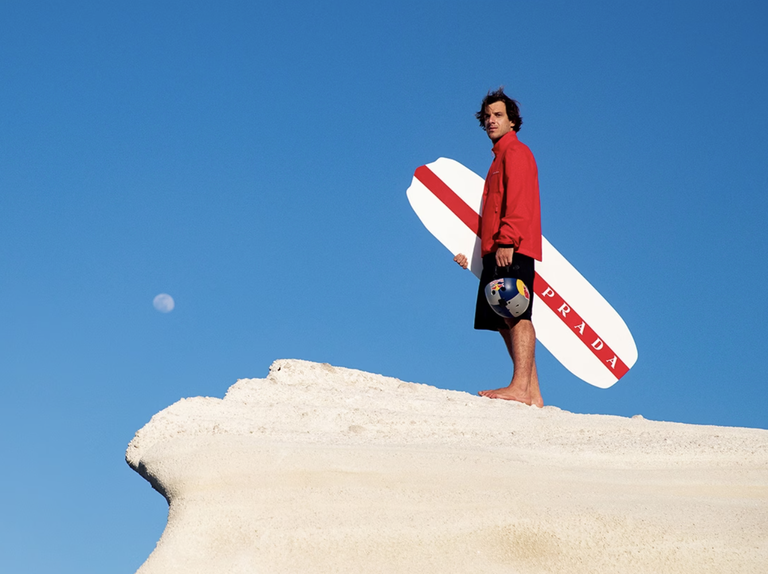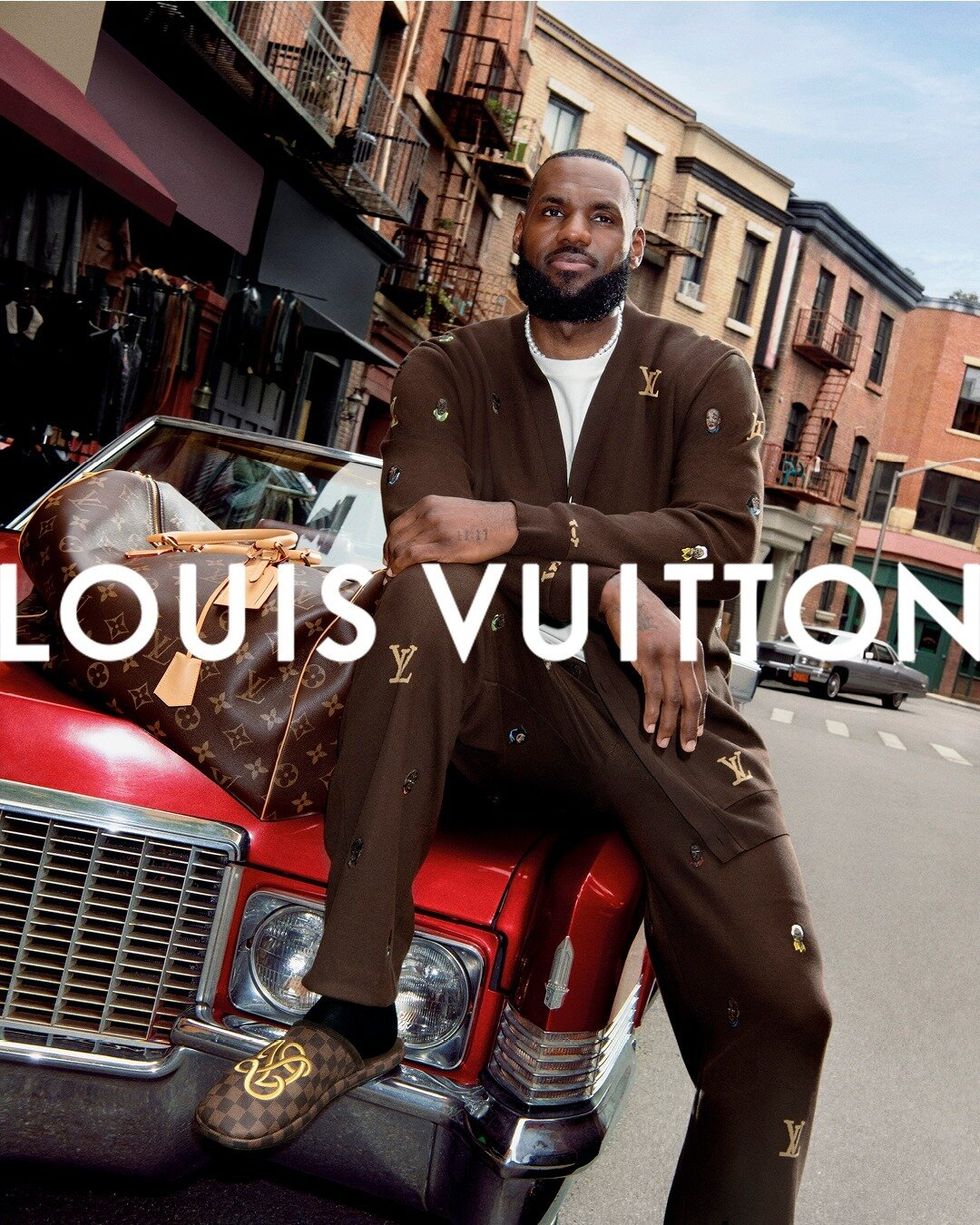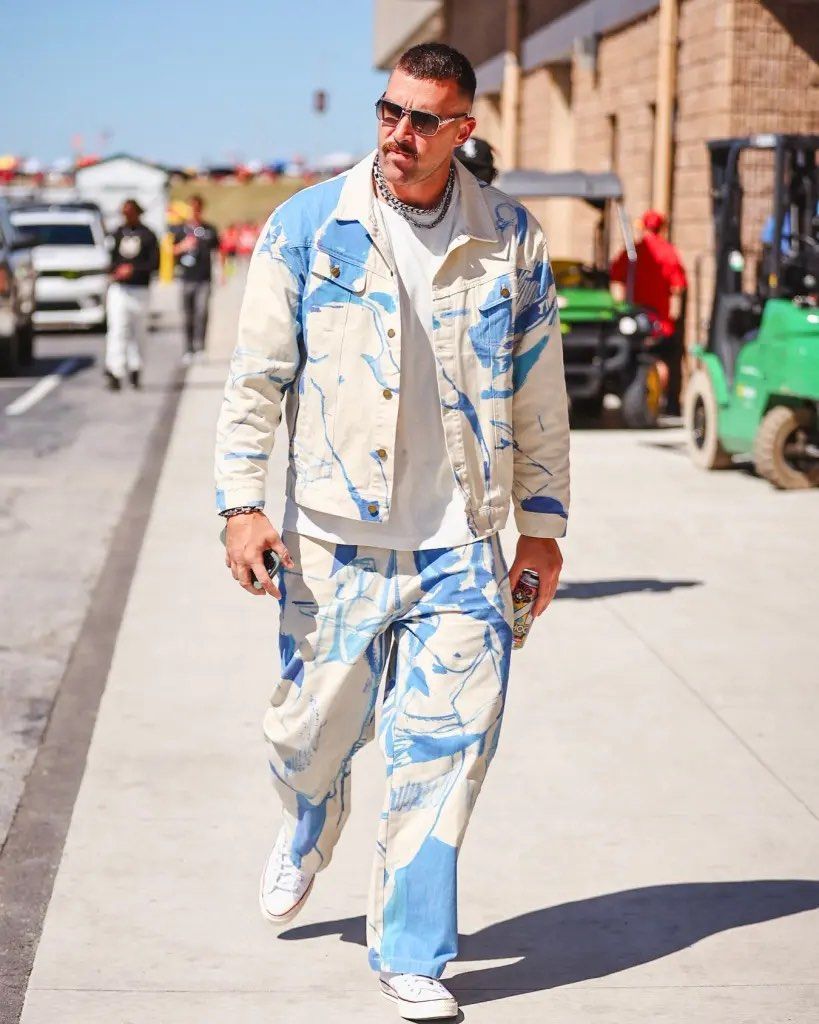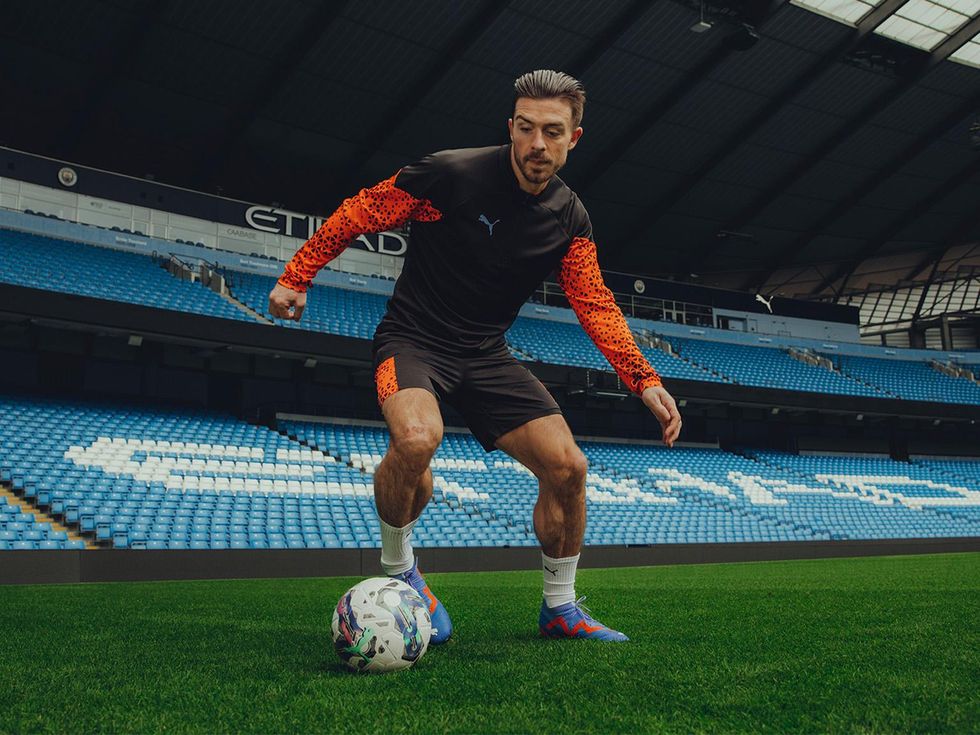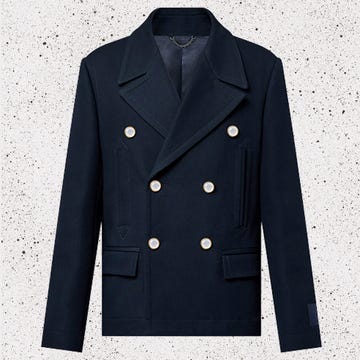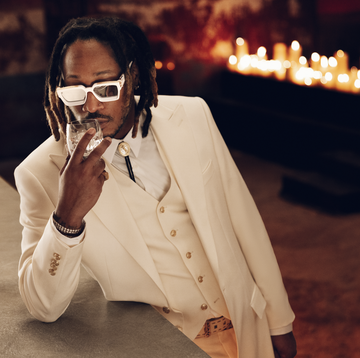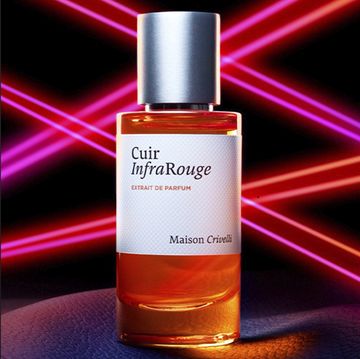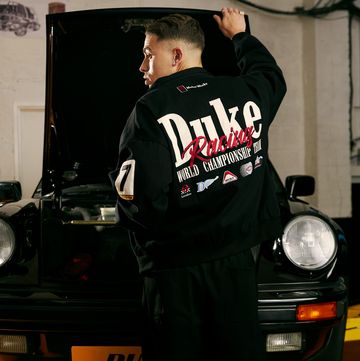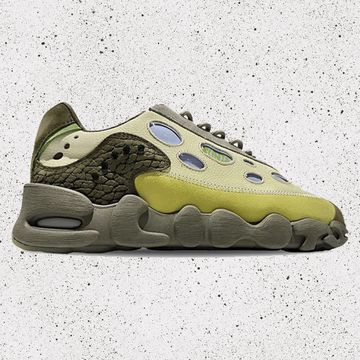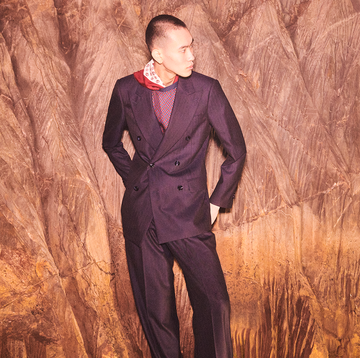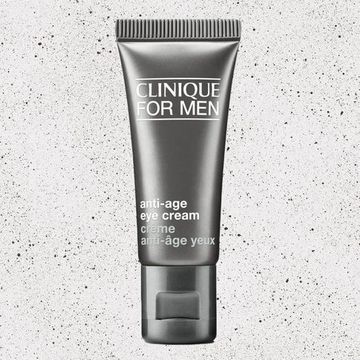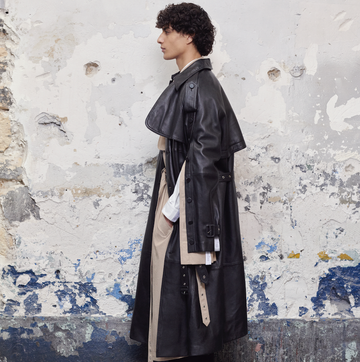In the Spring of 2022, sports journalism website The Athletic announced that Manchester City and England midfielder Jack Grealish was on the verge of signing a seven-figure endorsement contract “with the renowned fashion house Gucci.”
The summer before, Grealish had not only become the “most expensive British footballer in history” by joining City for a reported £100m, but also helped the national team reach the finals of the European Cup, and generally charmed the nation with his homespun affability, his Roy of the Rovers vibe and his lovely big calf muscles.
At the time, the deal raised eyebrows. Grealish, handsome as he is, was not the archetypical face of a grand European luxury house. Such houses tend to prefer screen idols to impish lads from Solihull.
But over the last couple of years, sportspeople have emerged as a must-have for any luxury brand’s roster.
Dior has 21-year-old tennis player Emma Raducanu – drafted shortly after her surprise US Open win in 2021 – and PSG striker Kylian Mbappe (he works with Rimowa and Hublot, too). Louis Vuitton has tennis player Carlos Alcaraz and basketball icon LeBron James, while Burberry recently ran campaigns featuring footballers Son Heung Min (Spurs), Bukayo Saka (Arsenal) and Raheem Sterling (Chelsea). Serena Williams and Usain Bolt have both walked the catwalk during New York Fashion Week.
Ever the revolutionary, Prada recently partnered with extreme ‘wake-skater’ Bryan Grubb on a base jump from the world’s highest infinity pool.
Sure!
This year, the intertwining of fashion and sport looks set to explode. Crystal Palace recently hired a creative director to oversee kit design, branding etc, Kim Kardashian’s Skims is now the official underwear partner of the NBA and luxury mega-group LVMH is the official ‘premium’ partner of this summer’s Olympic Games in Paris. Chaumet will design the medals, Berluti will dress the French team, and Moët Hennessy will make sure the hospitality tents never run dry.
“Sports is a tremendous source of inspiration for our Maisons,” announced Bernard Arnault, the group’s chairman and chief executive officer. “Which will unite creative excellence and athletic performance by contributing their savoir faire and bold innovation to this extraordinary celebration.”
In a recent case study titled Fashion’s New Rules For Sports Marketing, industry bellwether the Business of Fashion reported that the global sports sponsorship market is expected to grow from $63.1 billion in 2021 to $109.1 billion by 2030.
The increased investment is driven in part by sport’s fleeting nature, it says. Unlike on-demand entertainment, live sport can only be experienced in the moment, meaning huge audiences have eyes on the same thing at once, which is catnip to a potential commercial partner.
Fashion’s love of athletes is fairly new.
Luxury watch brands have long understood the potential cut-through of a sporting great – Roger Federer has been a ‘friend’ of Rolex since 2011, for example – but clothing brands have traditionally been more cautious, and especially wary of footballers.
“It was a very hard sell five years ago, it was a reputational risk for the brands,” says Kelly Hogarth, founder of branding agency Thelma Gwen, and former off-field manager to footballer Marcus Rashford. “Up to that point, a lot of coverage around the personal lives of footballers was negative.”
The attention tended to go to those competing in more exclusive sports – into tennis, golf etc, she says.
“From a brand perspective that seemed to be an easier bet.”
But Hogarth realised that there was an untapped ambassador market, especially for fashion brands looking to speak to young people.
“When you look at how you measure success with a fashion influencer, you’re looking at engagement on social media, wanting to tap into youth audiences, and ultimately you want to sell product,” she says. “When I was looking at the engagement on the average fashion influencer as opposed to a footballer, the footballer’s engagement rate was 500% more.”
The issue was perception, but via his very public, very successful battle with Boris Johnson over free school meals, Rashford almost single-handedly redrew the archetype of a young British footballer. Seeing an opportunity to align themselves with a wholesome, handsome, talented icon, Burberry pounced in late 2021.
“They saw him as an incredible asset to talk to a youth audience they weren’t talking to,” says Hogarth, noting that Burberry’s stock jumped shortly after the campaign.
Athletes are now cool in a way they have rarely been before – that is to say, cool to people that are not necessarily interested in sport– and they’re proving good investments.
WWD recently reported that sporting ambassadorships can offer better cut-through than traditional actors and musicians. Leo Messi and Cristiano Ronaldo are more influential than Justin Bieber and K-Pop group BTS, for example. And if it came down to a choice between David Beckham and Leonardo Di Caprio, brands would be better served by ol’ Golden Balls.
(Did Taylor Swift survey these metrics before her first date with NFL tight-end Travis Kelce? We can only wonder. But there is evidence to suggest a recent spike in searches for ‘washed out denim’ on Boohoo.com is thanks to his love for the look.)
It works both ways, of course. Athletes’ careers are notoriously short and exposure to a non-sporting audience can expose them to brand new revenue streams.
“The luxury sector is prime positioning for any talent,” says Hogarth. “The longer you can stay there, you’re attracting additional luxury brands, and they possess completely different audiences [to your own].”
But it’s not a silver bullet, and there are pitfalls for marketeers not au fait with the mores of the sporting world. Burberry seated Arsenal’s Bukayo Saka and Tottenham Hotspur’s Son Heung-min together at its Spring/Summer 24 London show, seemingly unaware that they are sworn rivals buoyed by equally vitriolic fan bases.
And then there can be an issue of on-camera charisma, which is abundant in an Oscar-winning actor, but perhaps less present in a 19-year-old motor racing wonderkid.
Image rights have become a massive sticking point, too – an athlete might have already sold them to their club, meaning any new deals have to align with the team’s existing sponsors – and then there is the fact they are an athlete, and their schedule is dictated by a number of imperious third parties (teams, leagues, coaches, etc.).
That campaign shoot you’ve spent six months planning will always be trumped by a last-minute training session.
The sporting world was widely represented at this month’s fashion shows – Liverpool’s Trent Alexander-Arnold looked especially spiffy at Prada, for example – but this is a famously fickle industry. It once loved rock‘n’roll, then it got into bed with art, and right now it’s sport. And fashion’s great burning eye may turn at any moment.
“I do think we’ll start to see brands look at where else that talent is coming from,” says Hogarth. If you get too many [similar people] in one place it starts to dilute itself. It’s not unexpected anymore.”
As for Grealish, his Instagram espouses ambassadorships for Puma football boots and Bose headphones. But as of yet, there doesn’t seem to be a formal partnership with Gucci.
Ah well. Some you win, some you lose.
